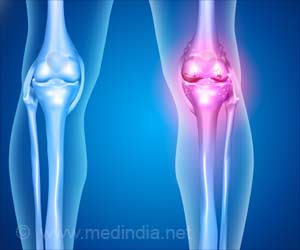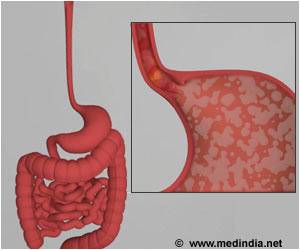Single photon emission computed tomography (SPECT), a simple diagnostic modality can help predict the outcome of spinal injections, a treatment given for back pain.
Single photon emission computed tomography (SPECT), a simple diagnostic modality can help predict the outcome of spinal injections, a treatment given for back pain. It can predict which patient would benefit from the treatment and who will not. The results of this valuable study can be found in the latest issue of Radiology.
The diagnostic technique can help physicians identify factors that cause specific symptoms by demonstrating the abnormal activity of cells in the spine. Low back pain is the leading cause of job-related disability and a major contributor to work-related absenteeism in the United States, according a survey by the National Institute of Neurological Disorders and Stroke.It is estimated that nearly 85% of adults suffer from chronic back pain at some time during their lifetime. Degenerative changes in the spine lead to chronic back pain. Steroid and anesthetic injections are commonly given to the facet joints of the spine to provide symptomatic relief.
This however is only a short-term solution. It is expensive and can lead to complications if administered in an improper way. In addition, does not offer therapeutic benefit to all patients. Patients with negative reports from SPECT can be spared from receiving the injections. These individuals can be treated through another alternative, which can reduce the associated cost, pain and complication.
Nearly 47 patients, diagnosed with low back pain were included for the study. The study participants were divided into two categories; group A and B. Group A participants underwent SPECT examination prior to the scheduled facet injection while members of Group B were excluded from the examination. A radioactive material was injected intravenously into the patient’s vein, followed by which serial images were obtained to highlight cell function abnormalities.
Group A patients, who had positive SPECT results were given lumbar injections based on the level of abnormality reported in the scan and the rest were given injection based on the discretion of the referring physician. The clinical benefit was evaluated at the end of one month. It was found that Group A patients had superior symptomatic relief compared to their counterparts.
The use of the imaging modality was also found to decrease the need for a facet injection by as much as 50% and the associated medical cost in a significant way. The results of the study have several important clinical implications. First, SPECT can be used determine the ideal candidate for provision of facet injections. Second, it can promise an excellent response in patients with positive SPECT results. Third, it can reduce the cost and complications associated with facet injections.
Advertisement







